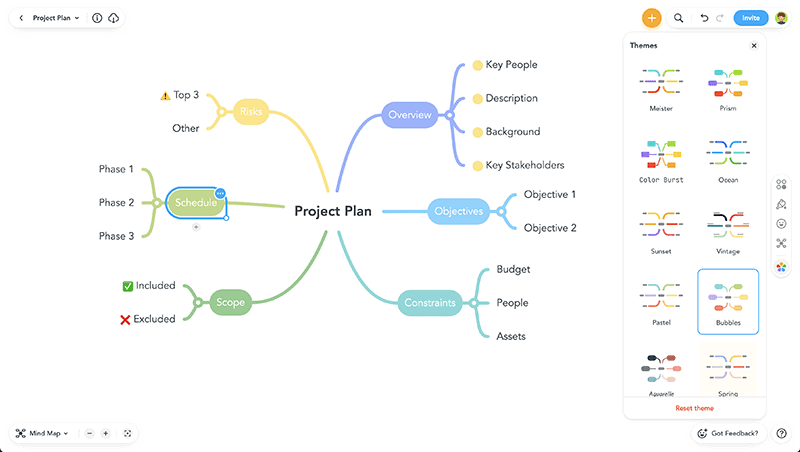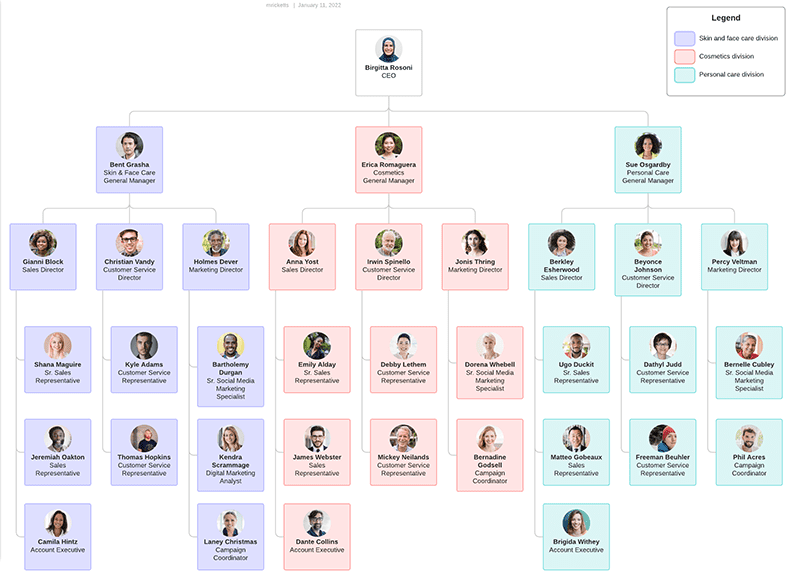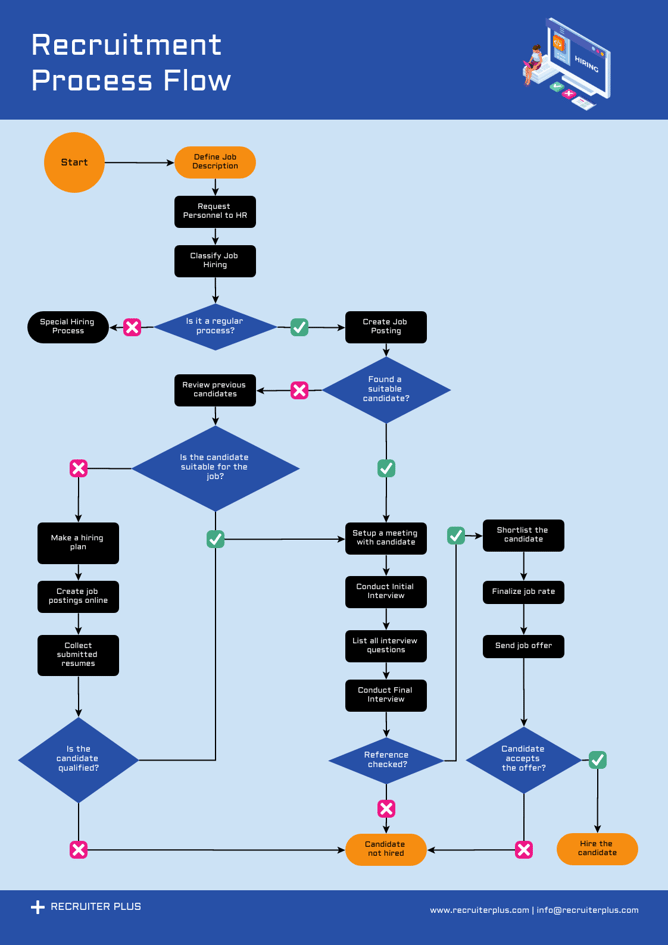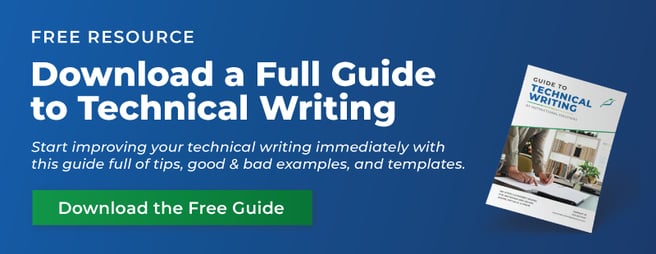How to Write an Operations Manual [+ Template]
![How to Write an Operations Manual [+ Template]](https://www.instructionalsolutions.com/hubfs/writing-down-policies-document-draft-technical-writing-at-desk-1.jpg)
Writing with AI - Learn more

![How to Write an Operations Manual [+ Template]](https://www.instructionalsolutions.com/hubfs/writing-down-policies-document-draft-technical-writing-at-desk-1.jpg)
You've been tasked with writing an operations manual for your organization. An operations manual ensures that work tasks, processes, procedures, etc., are crystal clear for employees (and reduces confusion!).
But writing an operations manual can be challenging if you don't have a solid writing process to follow. Here's how to carefully plan and create this internal document. We also share a company operations manual template to help you simplify the process.
An operations manual is an internal document that outlines important business information and how a company should operate.
Unlike an employee handbook that shares more about a company's culture and benefits, an operations manual covers the day-to-day details of business operations. Employees need to know who is responsible for what, departmental contact details, the different company roles, steps for different procedures, and what to do in emergencies.
It typically includes the following information:
The length of the document depends on the company. Smaller companies might only need an operations manual that's a few pages, while larger companies need a thick manual.
Related: How To Improve Your Technical Writing
Employees are going to have questions about their roles. Or they aren't going to know how to complete a task correctly.
An operations manual ensures you can immediately point employees to the right answers and processes are documented clearly. Consider it a one-stop shop for vital company information. This efficiency helps with three things:
Make sure that tasks and responsibilities are carried out the same way every time with your manual. Even if key employees leave the company, their knowledge doesn't leave with them! Co-workers still understand what needs to be done.
This also gives employees the "why" behind what they do at work. According to author Michael E. Gerber, “[An operations manual] communicates to the new employees as well as the old, that there is a logic to the world in which they have chosen to work."
Employees are accountable for their actions with an operations manual as it clearly shows who is responsible for what and how tasks are supposed to be completed.
An operations manual tells employees, "This is how we do things." It leaves little room for employees to say, "I didn't know what I was supposed to do or who I should talk to." This also reduces liability, improves safety, and avoids costly mistakes.
When you can implement the same processes and procedures consistently, your company can better scale or grow and take advantage of franchising or new location opportunities. Easily onboard and train new employees, and avoid wasting unnecessary time and money.
An operations manual ensures that your company's operations can be referenced and replicated. Here's how to create an operations manual, step-by-step.
An operations manual doesn't have to be in one particular format as long as it's a centralized location for company operation information. However, you want this manual to stay up-to-date and be accessible. A physical book or mini-booklet requires regular reprinting as your company grows.
Consider a digital file or library that can be easily updated and shared with employees. Choose the format that best fits your audience's needs.
Determine who will read the operations manual. Who is your audience? What information will they need? Once you've answered these questions, map out the exact information that will go into your operations manual. Planning the information beforehand will make drafting much easier and ensure you don't have an inadequate operations manual.
An outline is a hierarchal way to present information. Use headings and bullet points to map out your manual's sections and main points. Or create a concept map. A concept map is a visual way to map out technical information. Here's an example from MindMeister:

[Source]
Collaborate with colleagues as you create your outline or concept map to ensure that you agree on the details. Here are the sections we recommend including and why:
Briefly introduce the reader to what information is included in the manual, how to use the document, and what they can expect from using it.
Summarize the manual's purpose: to guide employees through their work responsibilities, to understand how to complete different day-to-day tasks properly and efficiently, and know who to contact for questions.
Map out your company's hierarchy from top to bottom. Write down the different job titles. Consider creating an organizational chart like the one below as a visual for employees. Ensure that employees can clearly see who reports to who.

[Source]
Take the job titles from the "Company Hierarchy" section and elaborate on the job descriptions. Include the following information:
Add the names, positions, and contact details of the employees who currently work in each position. Other co-workers then know who does what and how to contact them.
Get ready for the bulk of your manual with process documentation, business procedures, and business policies! Write thorough descriptions and step-by-step instructions for completing business tasks.
For process documentation and procedures, flowcharts and process maps can be helpful in presenting different steps. Here's an example of a recruitment process flow chart:

[Source]
Map out the exact processes and procedures that employees need to follow. Use headings, bullets, and sub-bullets to present steps clearly.
For business policies, write down how your company handles certain situations. Note: a business policy is not the same as a social policy. A social policy includes things like vacation policies and time off. A business policy includes things like giving different pricing discounts for business owners based on the size of the customer's business.
What should employees do in emergencies, such as a fire or breached servers? Be proactive and write down the exact steps employees should take if emergencies occur to limit damages.
Make a list of potential emergencies. This list doesn't have to be exhaustive but do consider likely scenarios. Next, write down what employees should do. For example, here's an emergency procedure excerpt from Ohio University's Emergency Procedures Manual in case of a fire:
If Fire Alarm is Activated.
Write down each step for emergency response, even if they seem intuitive to you. 
Use your detailed content plan to draft the entire operations manual. Remember that your reader is the center of the action. Write to meet their needs.
Here are a few tips for creating a reader-focused operations manual:
As a final step, edit your manual. Ask for input from your colleagues and the legal team to ensure the document is comprehensive and accurate. Revise as needed.
Here's an example of a fully-written manual with the sections we outlined. Although we recommend adding more white space, such as between bulky bullet points, this doc does provide a nice guideline.
Company operations and employees are consistently changing. Audit your manual at least every six months to ensure it's up-to-date and accurate.
This template is a great tool to kickstart the creation of your operation manual and is best used alongside this article.
Just remember: let the writing process drive the template and not the other way around. Think critically about the audience, the content you're including, and the order in which you place it. Keep your reader's needs top of mind and don't place something in a certain place or leave out details "because I was following the template."
Do you want to learn more about improving your technical writing skills? Discover our Technical Writing Foundations online course, a course packed with lessons, videos, and instructor-critiqued assignments. This course is designed to take your technical writing skills to the next level.
Our Technical Foundations Course is available for individuals and groups online, virtually, and onsite.
View Course & Outline